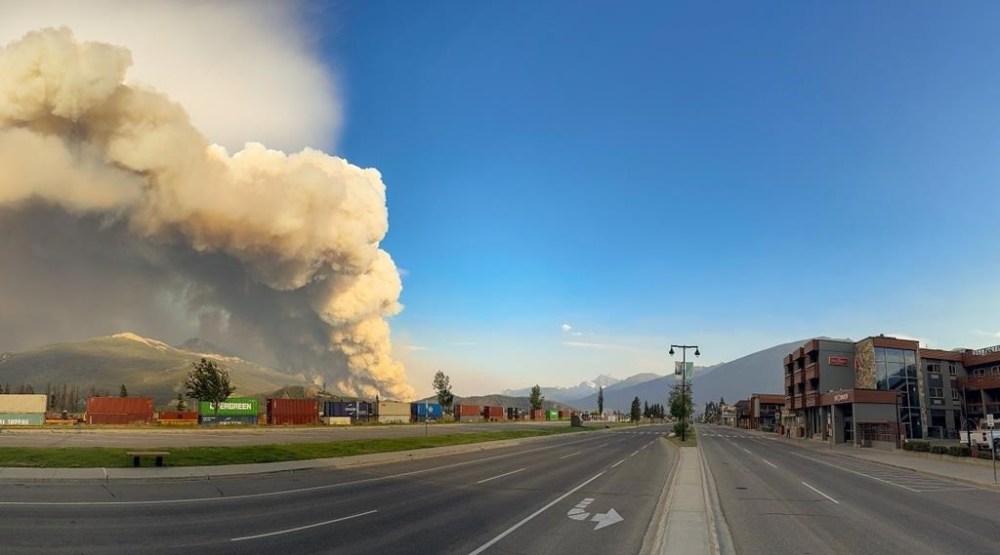Jasper fires could cost insurance industry $700 million: DBRS estimate
Advertisement
Read this article for free:
or
Already have an account? Log in here »
To continue reading, please subscribe:
Monthly Digital Subscription
$0 for the first 4 weeks*
- Enjoy unlimited reading on winnipegfreepress.com
- Read the E-Edition, our digital replica newspaper
- Access News Break, our award-winning app
- Play interactive puzzles
*No charge for 4 weeks then price increases to the regular rate of $19.00 plus GST every four weeks. Offer available to new and qualified returning subscribers only. Cancel any time.
Monthly Digital Subscription
$4.75/week*
- Enjoy unlimited reading on winnipegfreepress.com
- Read the E-Edition, our digital replica newspaper
- Access News Break, our award-winning app
- Play interactive puzzles
*Billed as $19 plus GST every four weeks. Cancel any time.
To continue reading, please subscribe:
Add Free Press access to your Brandon Sun subscription for only an additional
$1 for the first 4 weeks*
*Your next subscription payment will increase by $1.00 and you will be charged $16.99 plus GST for four weeks. After four weeks, your payment will increase to $23.99 plus GST every four weeks.
Read unlimited articles for free today:
or
Already have an account? Log in here »
Hey there, time traveller!
This article was published 26/07/2024 (464 days ago), so information in it may no longer be current.
The Jasper wildfires could cost the insurance industry up to $700 million, making it one of the most expensive wildfire disasters in Canadian history, DBRS Morningstar said Friday.
In a new report, the credit rating agency said it believes potential insured losses from this week’s disaster could come close to or even be higher than those incurred in the 2011 wildfire in Slave Lake, Alta., which — adjusted for inflation — reached about $700 million.
The only fire that topped that disaster was the 2016 wildfire in Fort McMurray, Alta., which resulted in inflation-adjusted insured losses of $4.4 billion and was the costliest wildfire in Canadian history.

While the extent of the damage in Jasper is not yet fully understood, Alberta Premier Danielle Smith has estimated that between 30 and 50 per cent of the buildings in the townsite may have been destroyed in this week’s blaze.
“In addition, Jasper National Park is one of the most popular tourism destinations in Canada, which may cause insurers to face additional business claims in respect of commercial building and business interruption losses,” DBRS noted.
The Jasper fire is just one of many wildfires currently burning in Western Canada. DBRS said it is still too early to predict whether the 2024 wildfire season will be comparable to 2023, which was the most active and destructive wildfire season on record with 165,000 square kilometres scorched.
So far in 2024, 24,000 square kilometres have burned.
While wildfires were not a major contributor to Canada’s insured natural catastrophe losses historically, they have become more of a concern since 2021, DBRS noted. Canada experienced two large wildfires in 2021 and three in 2023, which represented about one-third of the insurance industry’s total $3.1 billion in severe weather-related losses in 2023.
Overall, extreme weather events are becoming more frequent and severe, the DBRS report states.
It said while the situation is serious, it expects the ongoing 2024 wildfire season to be manageable for Canada’s property and casualty insurers as long as no major urban areas are materially affected.
This report by The Canadian Press was first published July 26, 2024.



